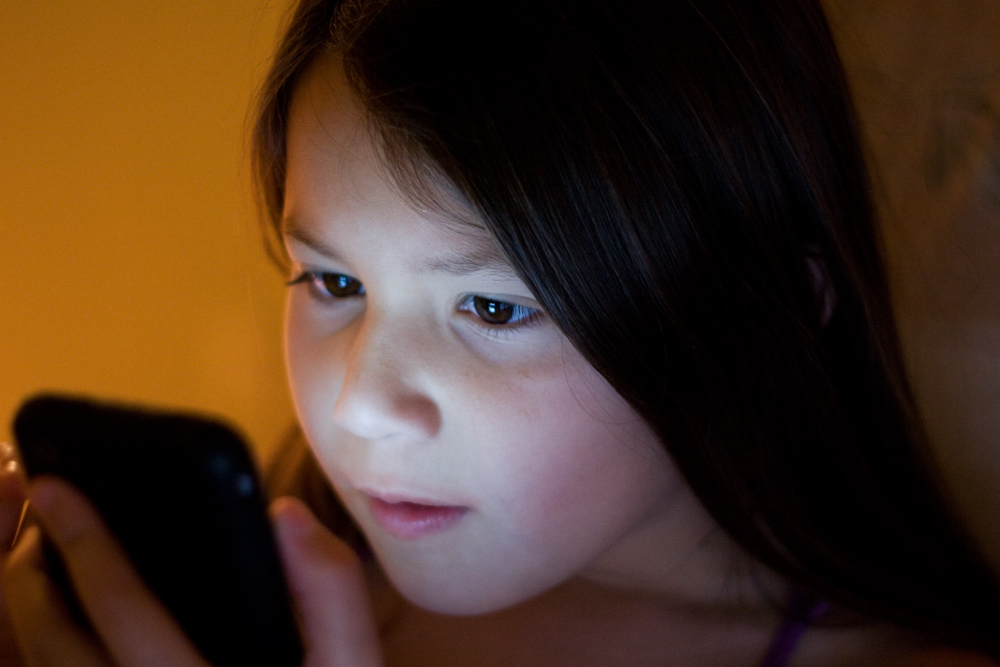Is technology better for a child's development compared to old school child's play?
In the technology-based world of today, a three-year old playing an app in some hi-tech phone is not an uncommon sight though, quite frankly, it’s still something most of us need some getting used to. Or is it?
Many argue over the negative effects of technology towards child learning and development. After all, much of our forefathers didn’t have the same technological privileges we have today and yet, they were able to produce geniuses and brilliant leaders. So what’s the need for such tools today?
Technological advancements coupled with internet access makes for a powerful weapon. And as in any weapon, it depends on how it’s used that makes it an advantage or a disadvantage. If your kid is spending a fair amount of time in front of the computer, he/she probably won’t suffer from strained eyes or bad posture and instead will reap the benefits – specifically advanced or specialized learning – of having access to such technology. But leave your child there for a couple more hours per day and the whole thing backfires.
Friend: As an educational tool
As in educational programs for television, today’s technology targets specific areas of learning (e.g., Math, Language, etc.) through a variety of specialized programs. For toddlers, fiddling with a laptop or smartphone develops hand-eye coordination since what they see on-screen results from what key they press. Same thing with touch screens although the process may not be as creative as, say, finger painting.
With specialized programs, your children can learn at a pacing they’re most comfortable with. They can also learn on their own by depending on text or audio instructions. Never has there been a time when information is right at your fingertips than now. You can take advantage of this fact and let your kids learn beyond the confines of a set curriculum.
If you have children with special needs and/or abilities, there are apps designed to specifically cater to their every need, enabling them to learn with much efficiency.
Foe: As a destructive and distractive tool
As technology paves the way for a global village, your kids will have access to lots of information and people. What’s crucial is the filtering of what will reach them. You may install a firewall to prevent your children from accessing websites with inappropriate content.
Since playing with the computer or an iPad rarely involves physical activity (with the exception of Wii and Kinect), your kids are short-changed when it comes to exercise and motor development. Being in front of the screen most of the time also limits personal interaction – essential in developing social skills. Because almost everything is within reach and fast-paced, it may develop impatience, instant gratification, and ultimately, laziness among kids. Also, due to its overstimulation nature, it may encourage short-attention span leaving your kids having a hard time in dealing with quieter past-times or relatively “boring” teaching counterparts.
Others argue that it interferes with sleep and homework especially with social networking sites being so addictive. MUDs (multi-user dungeons) also tend to desensitize children toward violence and death.
Technological advancements also put the poorer communities to a disadvantage since they tend to have limited access to technology.
Playtime: Back to old school learning
There is no doubt that experiential learning is an effective learning tool. Through this, your kids learn what their bodies can and cannot do and the consequences of such. Outside play is important even in preschool years as it develops visual-spatial processing which technologies are limited in developing. Play time also develops kids’ creativity through arts-and-crafts-making as well as cognitive development through different educational toys like puzzles, building blocks, etc.
It promotes socialization – meaning actual or personal interaction – through playgroups and team activities. However, keep in mind that there will always be squabbles among kids so keep a closer eye.
So which is better?
It all actually depends on the quality of the learning environment, teaching, and education. These “stools” are only there to aid your kids’ learning abilities. It’s how you use it to your advantage that’s crucial. However, there is always a trade-off so opt for balance instead of an either/or debate.
The world is headed towards an even more technologically-advanced society and so being tech-savvy will be a definitive edge. However, this doesn’t mean we must and can do away with the "older" practices which have been proven effective through time. Technology shouldn’t be seen as a replacement, rather, an educational support to classroom set-up learning. It is relatively young and thus, has lots of room for improvement. If only utilized effectively then maybe it can prove extremely beneficial in the education realm.


